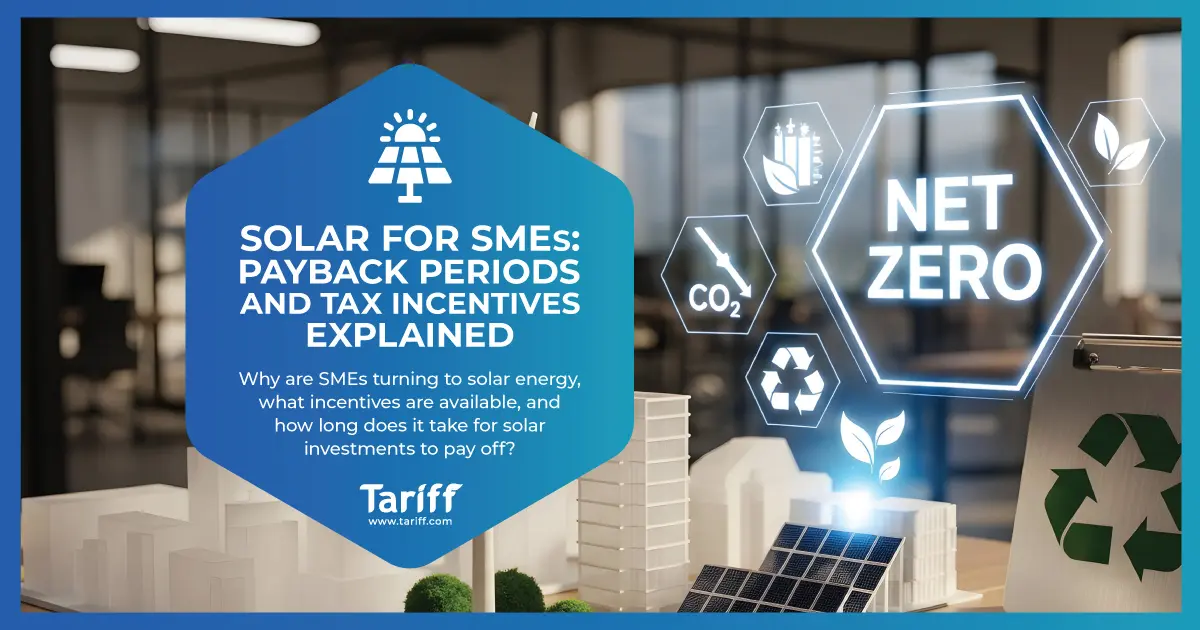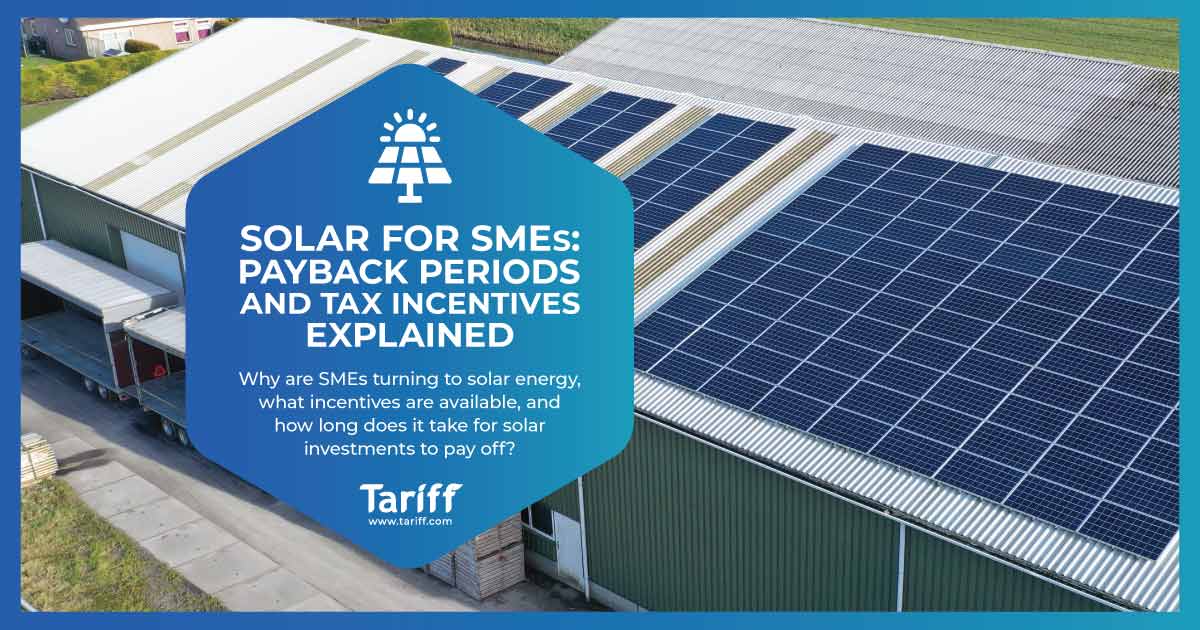9 Long-Held Energy Myths Busted
The energy industry has always sparked questions and for those outside of it, it can feel like a complex, jargon-filled world that’s tough to navigate. From shifting price caps to specialist terminology and evolving regulations, understanding how the sector works can be overwhelming for both consumers and providers alike.
This complexity often gives rise to confusion, with myths and misinformation spreading easily. In a space where opinions vary widely, it’s not always clear what’s fact, what’s fiction, and what’s simply outdated.
At Tariff.com, we believe transparency is the foundation of trust. That’s why we’re committed to breaking down barriers, debunking misconceptions, and offering honest, straightforward advice to everyone we work with.
In this article, we’re tackling some of the most common myths in the energy world, providing clear, practical insights you can rely on. Because when it comes to your energy, clarity shouldn’t be optional, it should come as standard.
Myth 1. Business Energy Is Always Cheaper Than Home Energy
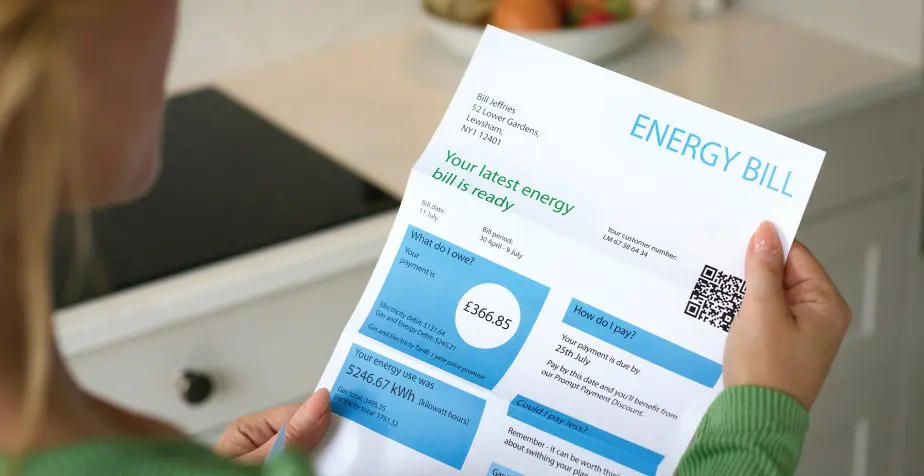
One of the major hurdles for new businesses, and for those looking to begin their entrepreneurial journey, is the energy stumbling block. It’s easy to assume that powering your business will cost more than powering a home.
After all, that would make sense – you’re naturally going to be utilising more technology, running electronic devices for a longer period of time, and ultimately making much greater usage of the National Grid and your local energy supplier.
Unfortunately, with the latest changes to unit costs, business energy is more expensive than home energy bills. That’s something we’ve explored in our comprehensive guide to business electricity bills, but the key takeaway is that businesses pay a sliver more for each kWh of electricity they use.
Here’s a brief overview of the cost per kWh for different business types, as well as the figure for home energy for reference (as of May 2025):
- Homeowners pay 5 pence per kilowatt hour (in line with Ofgem’s latest price cap)
- Microbusinesses (less than 10 employees) pay around 2 pence per kilowatt hour
- Small businesses (between 10 and 49 employees) pay around 2 pence per kilowatt hour
- Medium businesses (between 50 and 249 employees) pay around 2 pence per kilowatt hour
- Large businesses (more than 250 employees) pay around 26 pence per kilowatt hour
Historically, businesses have paid less for their energy (but more for the unavoidable standing charge), but with Ofgem’s newest price cap – which came into effect at the start of April 2024 – homeowners are now starting to see some of the relief that was afforded to businesses in recent years.
Myth 2. Leaving Appliances on Standby
One of the most persistent myths in energy use is the idea that leaving appliances on standby racks up significant costs, a belief that has long worried budget-conscious homeowners. With homes now filled with TVs, laptops, smart speakers, gaming consoles and other tech, it’s easy to imagine these devices quietly draining pounds from your energy bill every year.
However, recent research from consumer champion Which? shows that this worry is largely overstated. In reality, most modern devices consume very little power in standby mode. The priciest item in their study a wireless speaker used just £5.99 of electricity over an entire year when left idle.
Other common household gadgets fared even better. A television on standby costs an average of just 51p per year, while smart plugs use around 97p, and Blu-ray players just 75p. These are small figures that show the ‘standby myth’ is more fiction than fact, especially with today’s energy-efficient appliances.
Myth 3. Solar Panels Don’t Work in Cloudy Climates
It’s easy to assume that, as the weather changes when we progress into the later months of the year, that solar panels won’t work. It makes logical sense – the dwindling amount of daylight and inclement weather surely means that there’ll be no energy generated by our photovoltaic panels and batteries.
That’s not quite true, though. Of course, fewer daylight hours and shorter days means you’ll naturally receive less energy from your solar panels than you normally would on, say, a summer’s day, but you will still receive a substantial amount of power.
In fact, according to research from The MCS Foundation, , solar panels tend to have a better level of efficiency during colder temperatures than in the warmer months. Sunlight, though limited, is usually brighter in winter, and can be amplified by reflecting off snow and frost coverage.
Plus, even though autumn and winter usually bring with them more cloud coverage, you’ll be pleased to know that solar panels still work in cloudier conditions, albeit with that same reduced level of energy generation.
Myth 4. Heat Pumps Are Ineffective in Cold Weather
In a similar vein, it’s natural you’d assume that an air source heat pump wouldn’t work when the temperature dips into those single digits or below zero. It’s easy to see where this energy myth originates, too, especially given the name of the technology.
However, that name is a misnomer – air source heat pumps do not require warm air to function. In fact, they’ll still function perfectly in temperatures as low as -15°C, with speculation placing their operating capacity at even lower temperatures than that (some models have been tested at as low as -25°C).
The reason behind this is the quite complex technology that an air source heat pump uses. Rather than absorbing more conventional outdoor warmth (i.e. from the sunshine), they absorb the heat that’s produced when atoms and molecules move through the air at high speeds. This still happens even when temperatures outside drop below freezing.
Myth 5. Turning Lights On And Off
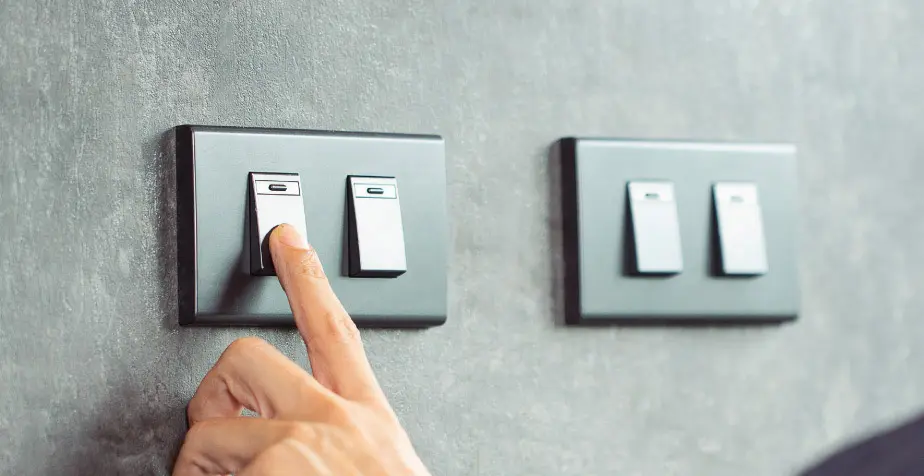
It’s an age-old misconception that, by turning your lights on and off as you enter or leave a room, you’re creating a significant surge of electricity. That’s supposed to then cause a substantial increase to your bills at the end of the month, which explains why many people opt to leave lights on in multiple rooms that they’re using (such as their living room and kitchen).
This is actually yet another long-held, ingrained energy myth. Turning lights on and off as you leave the room uses no more electricity than leaving them on. In fact, it’s actually a much better idea to turn lights of when you don’t need their illumination, as opposed to leaving them running.
There are factors that do influence this, however. More energy-efficient bulbs will naturally use less power, but research shows this still isn’t equivalent to leaving your lights on for an extended period of time.
Myth 6. Tiny Temperature Adjustments Make No Difference To Energy Bills
We all want our homes to be warm. Whether that’s the right temperature for children or the elderly, or simply just a comfortable warmth in winter time, the levels we heat our homes to is always an important consideration.
However, what you might not be aware of is just how much of a difference changing your thermostat by just a single degree can make. We’ve addressed this is much greater detail in our recent guide to slashing your energy bill, but our findings point towards a massive saving.
In fact, as part of that piece, we referenced the Citizens Advice Bureau, whose studies pointed towards a massive 10% discount on your energy bill simply by reducing your temperature by a single degree.
Myth 7. Dishwashers Use More Water
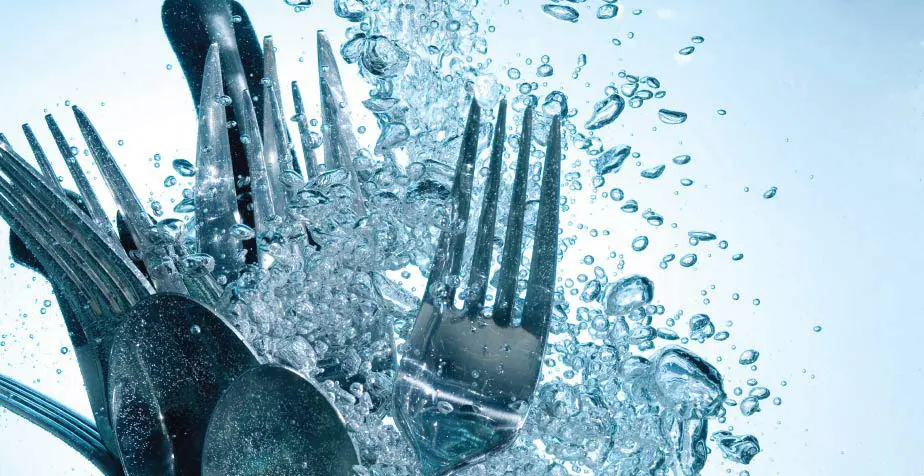
Now a staple of many modern households, a dishwasher has quickly become a mainstay in a more technologically-driven future. With that in mind, it also makes sense that they’d have adopted a more eco-friendly approach to power and water consumption.
However, many immediately (and incorrectly) assume that a uses far more resources than hand-washing your dishes, opting to avoid using the appliance in anything but the most dire circumstances.
In fact, the opposite is true. The Energy Saving Trust estimates that using a dishwasher accounts for just 1% of a household’s total water usage, whereas hand-washing can use up to 4%. That can be even more if you opt to wash dishes using running water, or through filling up multiple bowls for your pots and pans.
A dishwasher, on the other hand, recycles the water it uses throughout the cycle, and then blasts the dishes with a rinse cycle towards the end of its operation. This generally results in a lower net-usage of water, and more of a saving in the long run.
Myth 8. Cranking Up The Thermostat Makes Your Home Heat Quicker
As the mercury falls and we reach for that thermostat, it’s all-too-tempting to crank our home’s temperature up to a toasty level. In recent times, that’s been altogether a too expensive option, but it’ll come as a relief to learn that turning the thermostat sky-high isn’t the ideal way to make your home warmer.
Instead, you should be focusing on measures you can take that don’t directly impact the dial itself, but rather seek to preserve the heat you’ve already generated. This isn’t only energy efficient – it’s also a great way to save money.
Here’s just a few key measures you can implement to help heat your home more effectively and efficiently:
- Closing windows and doors
- Installing insulation wherever feasible
- Investing in smaller changes, like a draught excluder for your front or back door
- Tucking in duvets and bed linen to trap in heat
- Running alternative heating methods like an electric blanket
Myth 9. Smart Meters Won’t Help Me Save Money
A relatively new innovation in the energy sector, and one that’s been welcomed with open arms by many providers and consumers alike, the smart meter has quickly become a must-have for those looking to take more control of their energy bills.
One of the key aims for those who are using a smart meter is, naturally, to save money. And while many assume that a smart meter can’t help with that, studies have shown that is can actually act as the ideal first step towards major savings.
Plus, as the technology becomes more advanced, and energy providers quickly get on the bandwagon in offering free smart meters to both new and existing customers, they’re only set to become more commonplace.
The latest developments in the tech also point towards more of an emphasis on saving money, too. Cutting-edge smart meters (like EDF’s Chameleon, for instance) already come with the capacity to set a budget for what you spend on your energy bills, and to track how much you’ve spent so far over a set period.
Tariff – Leading The Way In Business Energy Switching
There’s one universally accepted truth that we’ve not included here, and that’s because it’s completely true – switching your energy provider can offer unparalleled savings, and an ideal way forward to a more sustainable, affordable deal.
That’s something we’ve got comprehensive experience in here at Tariff. We know exactly what it takes to source the right deal for businesses across the spectrum, as well as a consummate understanding of the current energy market and its patterns.
Not only does that include guides and reports like the one you’ve just read, it’s a statement of our intent to provide an exceptional, bespoke service to any business looking to migrate across to a deal on their energy.
If you’d like access to that industry-leading level of knowledge and expertise, get in touch with our in-house experts today to discuss your options in much more detail, and to learn more about how Tariff can futureproof your business going forward.

